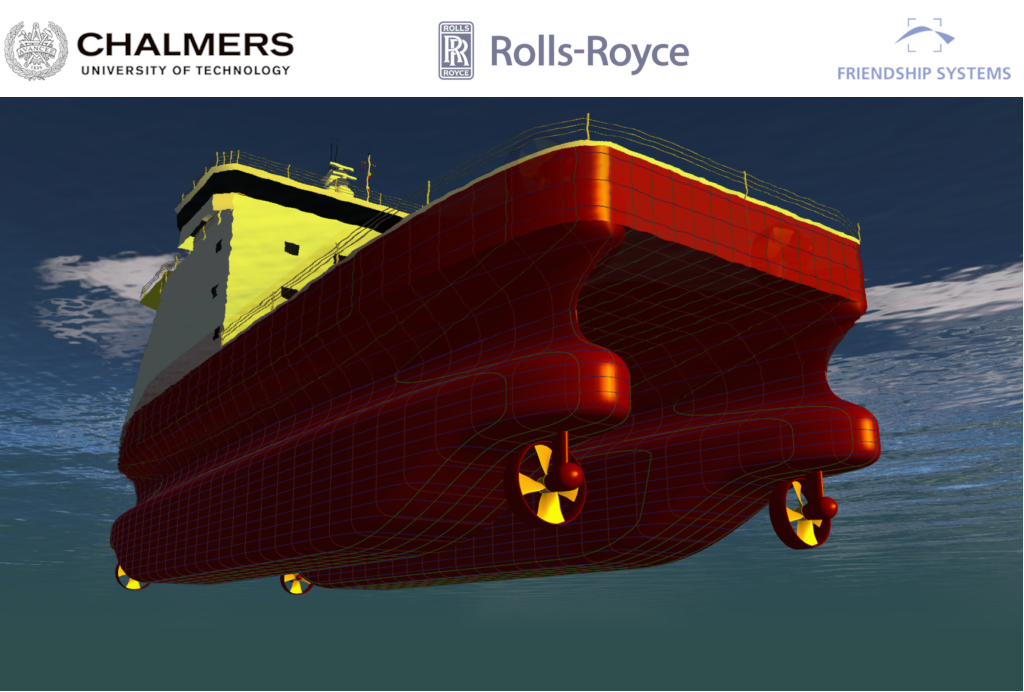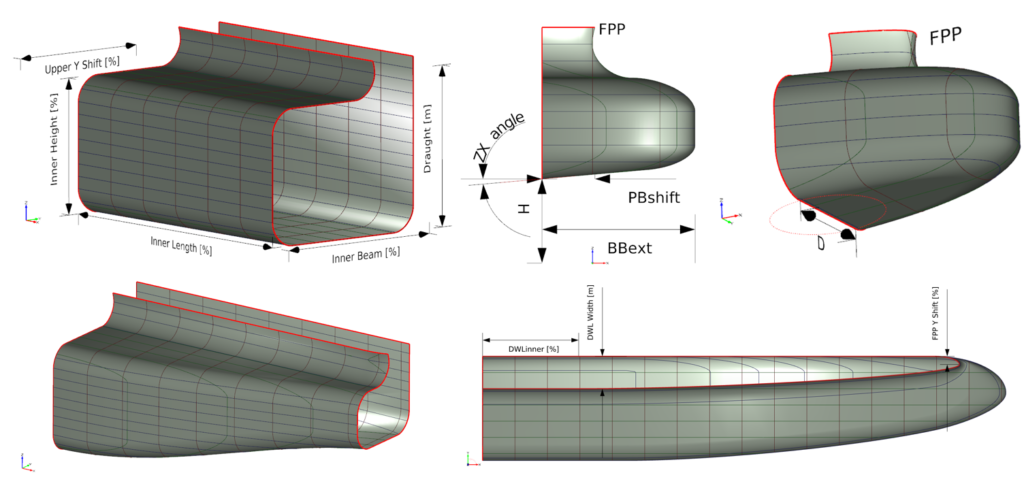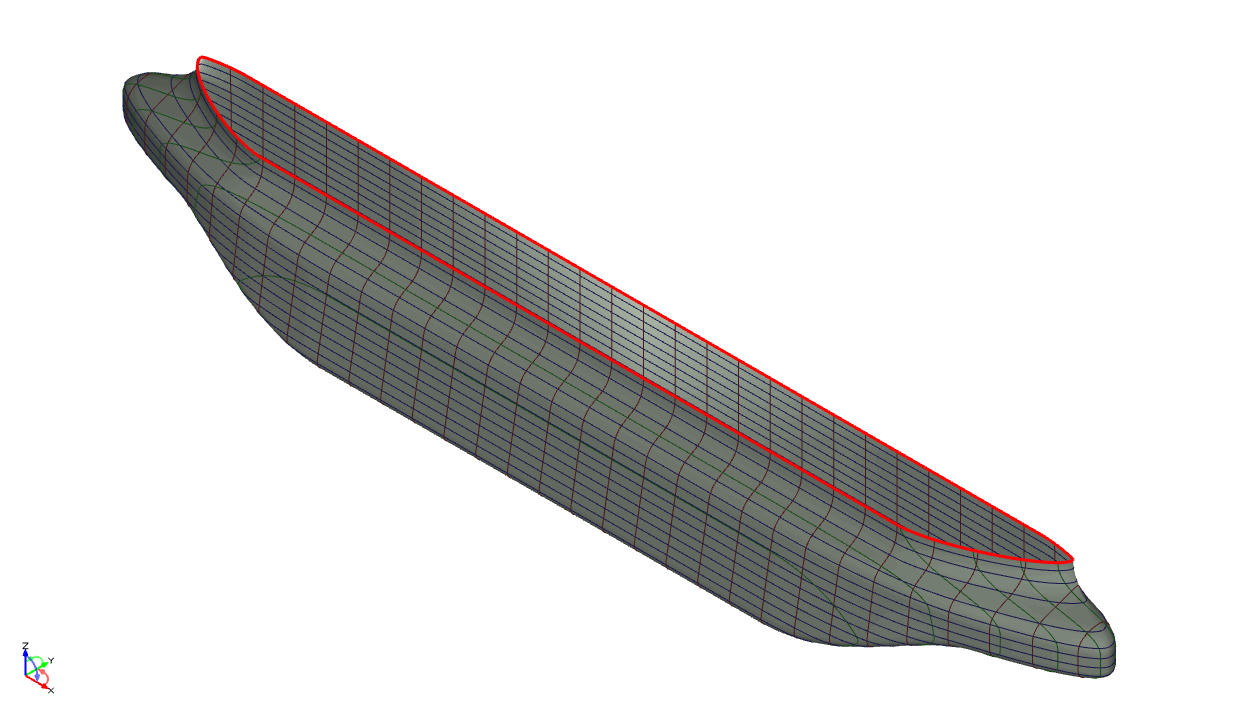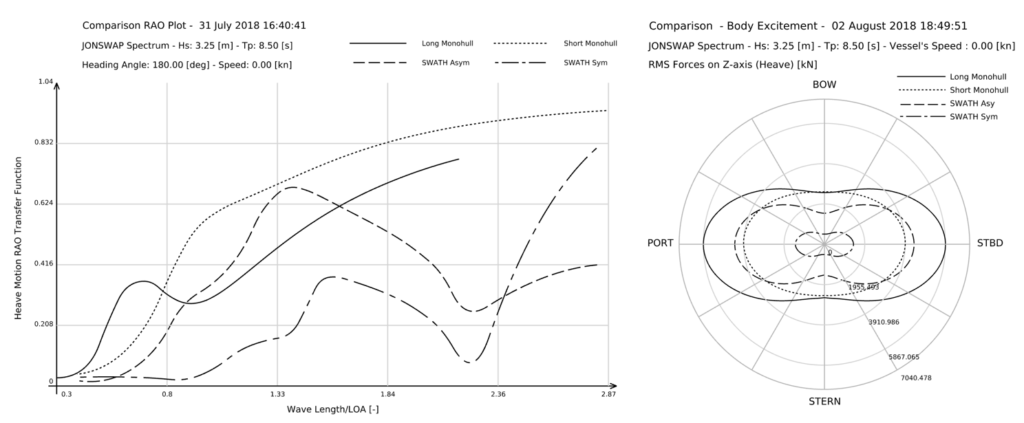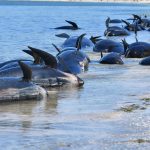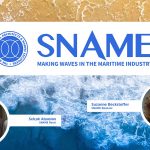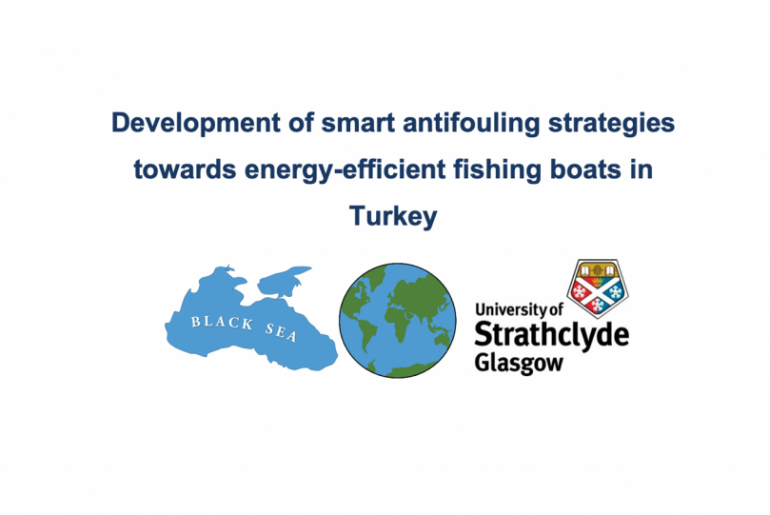The optimization of advanced marine systems is of paramount importance to meet stringent regulatory and design requirements such as hydrodynamic performance, fuel efficiency, and robust operating profiles, among others. Marine engineers and naval architects have increasingly turned to computer-aided engineering (CAE) software to quickly, effectively, and affordably investigate design concepts and to conduct “what-if” studies to measure the impact of various changes in the system’s design parameters. To determine performance metrics, simulation tools are used to virtually test the designs for a variety of conditions. These tools may include computational fluid dynamics (CFD), structural analysis, and sea-keeping.
The CAE process can be greatly enhanced by automating the workflow and coupling the simulation tool to process integration and design optimization (PIDO) platform. In this way, design parameters can be systematically varied in an automated loop and their impact on the performance of the system can be assessed. An optimization algorithm can uncover the best combination of design parameter values for achieving maximum performance. The parameters can represent geometrical attributes of the design and the real operating conditions as expressed by the boundary conditions used by the simulation tools to represent environmental conditions, sea states, vessel speeds, etc. The most challenging aspect of the automated workflow is the geometric variation, which needs to be flexible, accurate, and robust.
CAESES is a comprehensive PIDO platform that includes a highly sophisticated geometry kernel that was developed specifically for the variation of complex freeform surfaces. CAESES’ heritage originates in the maritime field where it was first developed for studying the hydrodynamics and performance of marine systems such as ship hulls and propellers. These days, CAESES is used for a much broader range of applications where freeform surfaces are critical determinants for the performance of products and systems subject to internal and external fluid flows. Typical examples include ship hulls, pumps, airplane wings, gas turbines, engine components, valves, propellers, etc. To illustrate how CAESES can be used to investigate innovative designs and to optimize the geometries for performance improvements, let’s take a look at a case study of a service operation vessel (SOV) for offshore wind.
Hull Optimization of a SWATH SOV Concept
With the growing interest in promoting clean energy to replace power from traditional hydrocarbons, many Northern European countries have invested a great deal in developing offshore wind resources. Wind turbines operating in the North Sea face harsh conditions and need to be regularly serviced by SOVs to ensure that they are properly maintained and operated with minimum downtime.
In this study conducted by Chalmers University of Technology, Rolls-Royce Marine Norway, and Friendship Systems, an innovative SWATH (Small Waterplane Area Twin Hull) was investigated.
Figure 1: SWATH SOV vessel
Traditionally, SOVs are monohull designs, but Rolls-Royce engineers were inspired to investigate the potential advantages of twin hull SWATH designs based on their experience with semi-submersible platforms which are well known to behave more favorably in rough seas.
CAESES was used as a PIDO platform to study design variations and their impact on motions in various sea states. The parameterized geometry of the SWATH was created in CAESES and was then coupled to a simulation tool called NEWDRIFT+ for sea-keeping analysis.
CAESES can import existing geometries created in other CAD tools to start from a baseline geometry, or the model can be created from scratch in CAESES. With imports, a variety of techniques can be employed such as morphing or deformation (including RBF morphing, freeform deformation, Lackenby shifts, etc.). In this project a fully-parametric model was created in CAESES since the geometry was a new and innovative design, which provided a maximum degree of freedom, control, and precision for the design changes. The modeling process was divided into four main parts: the parallel midbody, the bulb, the transition between the two, and the design waterline.
Figure 2: Fully-parametric model of the SWATH hull form as created in CAESES
Based on the fully-parametric model, CAESES can automatically generate hundreds of designs very quickly and robustly. Furthermore, CAESES has powerful techniques to consider design constraints so that infeasible designs can be avoided altogether. In this project the vessel displacement was fixed, so even as designs were varied an internal optimization loop was employed to adjust free variables to ensure the correct displacement volume for each design candidate.
Figure 3: Animation of the SWATH geometry by adjusting design variables, while maintaining a fixed displacement
To automate the workflow, CAESES was coupled with the simulation tool which solved the performance metrics. In this case, a sea-keeping solver called NEWDRIFT+ was used to calculate the RAOs (Response Amplitude Operators), and excitation forces and moments for different degrees of motion of all the evaluated designs.
Figure 4: Heave RAO for 180°heading angle (left) and polar plot of forces about the z-axis (right)
In conclusion, the results indicated that SWATH hull forms have a superior sea-keeping performance by exhibiting attenuated heaving, rolling, and pitching motions in various sea conditions in comparison to longer monohulls, thus achieving a larger operational window. Furthermore, the present design study was able to uncover a combination of design variables that optimized the ROAs for the given conditions. Further studies are required to investigate other aspects of the design such as towing resistance, propulsive efficiency, and impacts on construction and operational costs, but the initial studies have shown the great potential that SWATH hull forms demonstrate for servicing the offshore wind industry.
Summary and Further Information
Friendship Systems has been helping design and simulation engineers to develop best-in-class products and systems for about 20 years. Our flagship solution CAESES is being used by leading companies around the world in the ship, automotive, turbomachinery, and aerospace industries. Notable customers in the maritime sector include Rolls-Royce Marine, DNV-GL, ABS, Meyer Werft, Thyssenkrupp, Hyundai, DSME, Sumitomo, Kawasaki, HSVA, STX and many more.
Further case studies and examples can be found on the CAESES website.
- Bulk carrier optimization at DNV GL
- Hull optimization of a self-propelled jack-up vessel by DEK Maritime
- Ship hull form optimization with CFD by DSME
- Design and optimization of the VOITH linear jet
CAESES is already being used by many customers in Turkey and we look forward to introducing our software and technology to many more clients in maritime and other industries. Our local partner in Turkey is Navist, who would be pleased to introduce CAESES and support your training and implementation. For a further discussion and demonstration of how CAESES can benefit your company please contact Navist at info@navist.com.tr.
Paulo Macedo paulo.macedo@Rolls-Royce.com Rolls Royce Marine Norway |
Mike Saroch saroch@friendship-systems.com Friendship Systems |
|---|


